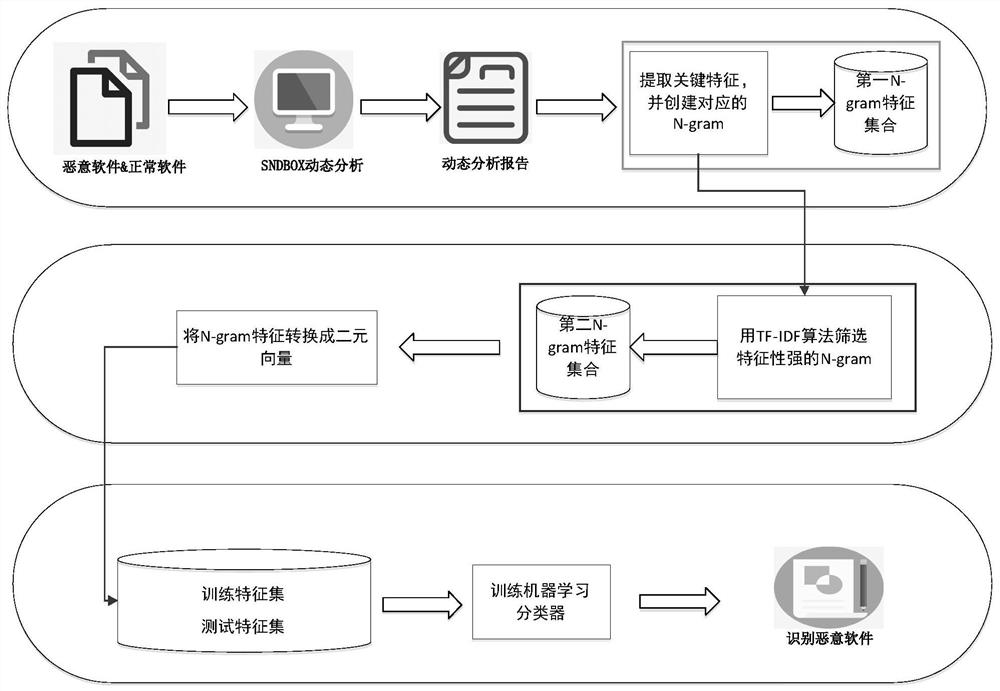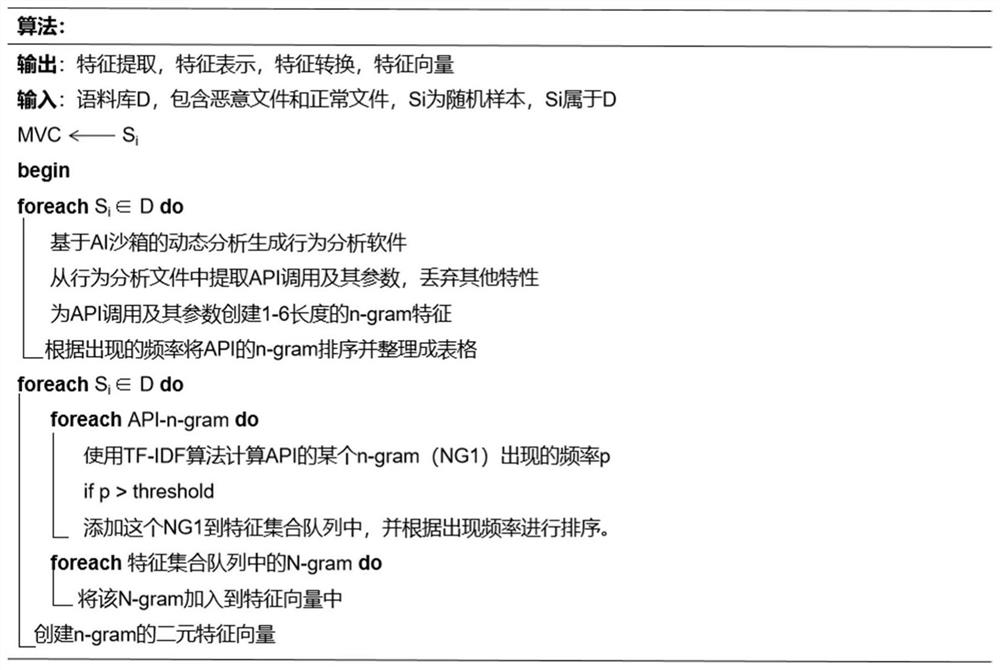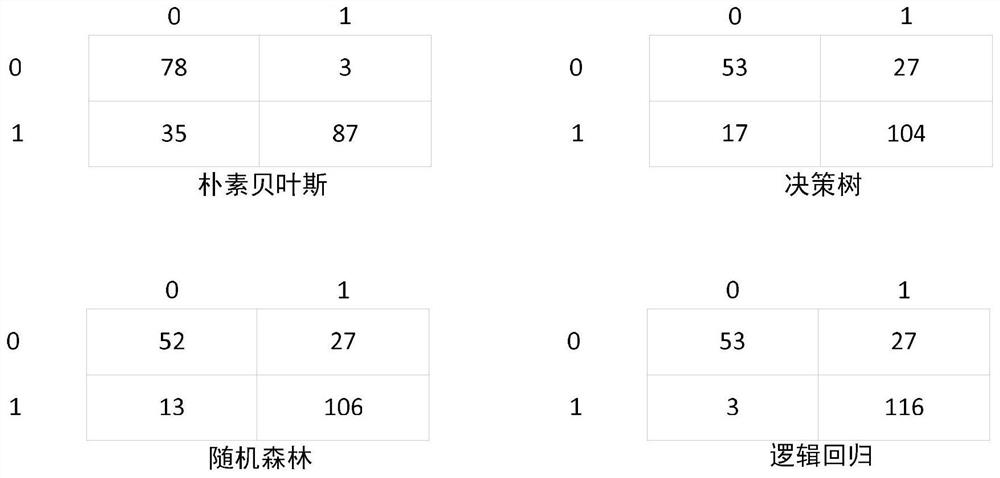Malicious software detection method and system based on N-gram and machine learning
A malware and machine learning technology, applied in the field of network security, can solve problems such as accuracy and performance that are difficult to meet the needs of practical applications, and achieve the effect of ensuring accuracy and training performance, fast iteration speed, and strong destructive effect
- Summary
- Abstract
- Description
- Claims
- Application Information
AI Technical Summary
Problems solved by technology
Method used
Image
Examples
Embodiment Construction
[0034] Embodiments of the present invention will be described below with reference to the accompanying drawings.
[0035] The first embodiment of the present invention discloses a malware detection method based on N-gram and machine learning, such as figure 1 shown, including the following steps:
[0036] Step 1, collecting malware samples and application software samples, dynamically analyzing the samples, and obtaining dynamic analysis files;
[0037] Step 2, based on the dynamic analysis file, the key information of the sample is obtained, and the first N-gram feature set is generated;
[0038] Step 3, performing feature reduction on the first N-gram feature set to obtain a second N-gram feature set;
[0039] Step 4, converting the second N-gram feature set into a binary feature vector set, inputting the machine learning classification model for training and testing, and obtaining a malware classifier;
[0040] Step 5, use the malware classifier for malware detection.
...
PUM
 Login to View More
Login to View More Abstract
Description
Claims
Application Information
 Login to View More
Login to View More - R&D
- Intellectual Property
- Life Sciences
- Materials
- Tech Scout
- Unparalleled Data Quality
- Higher Quality Content
- 60% Fewer Hallucinations
Browse by: Latest US Patents, China's latest patents, Technical Efficacy Thesaurus, Application Domain, Technology Topic, Popular Technical Reports.
© 2025 PatSnap. All rights reserved.Legal|Privacy policy|Modern Slavery Act Transparency Statement|Sitemap|About US| Contact US: help@patsnap.com



